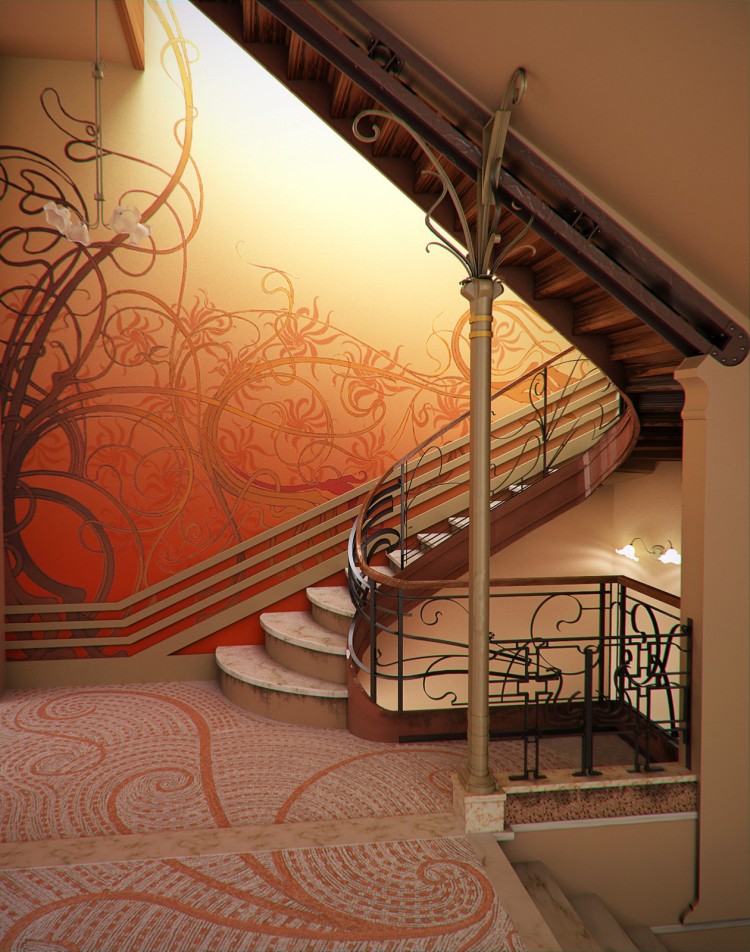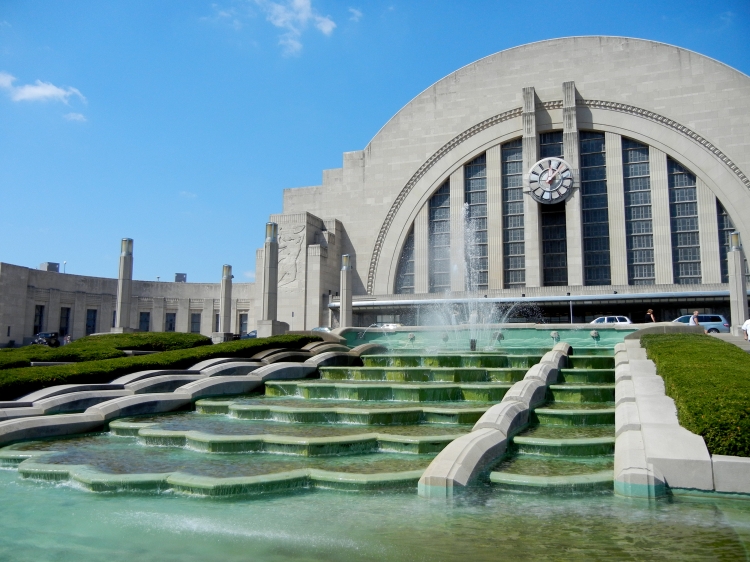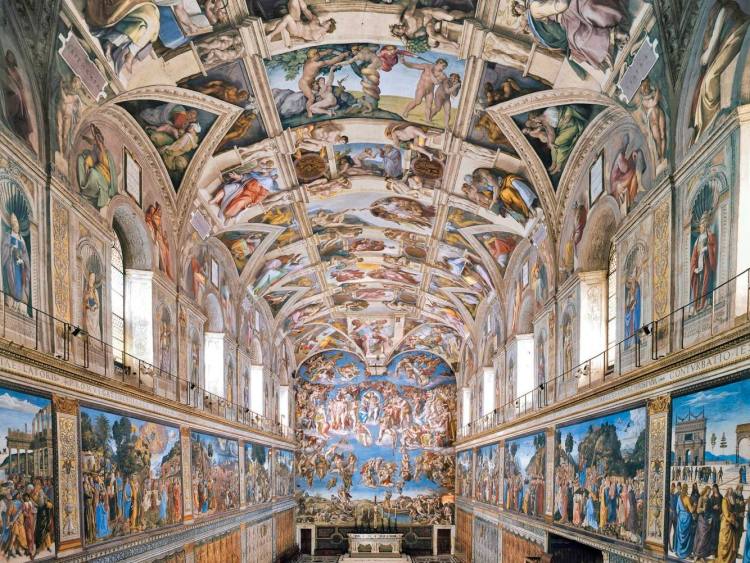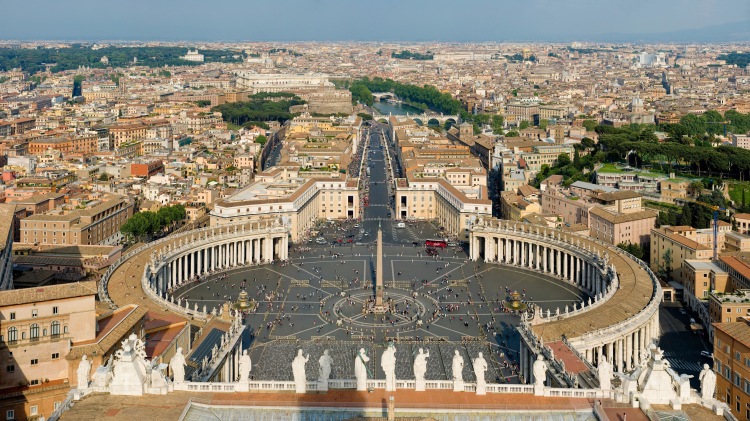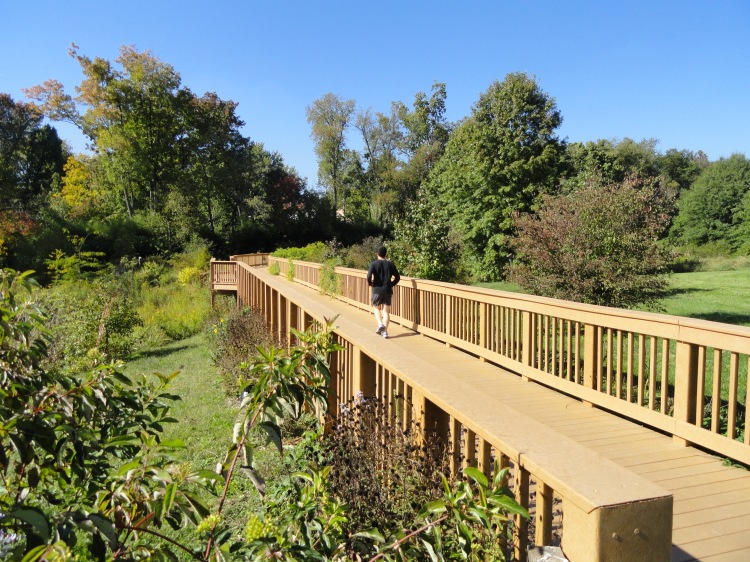The Ancient. Marking Boundaries and vertical movement towards the heavens.
-Sacred Circles: Stonehenge
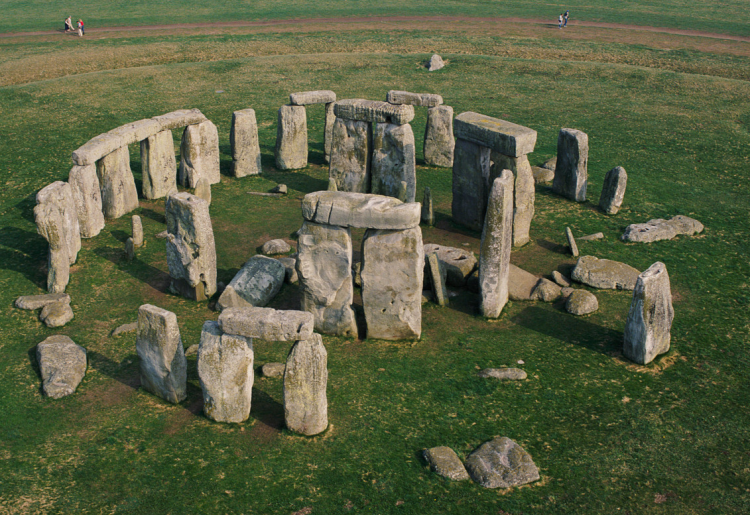
-Settlements: “Marking Boundaries & Movements towards the heavens”

-Egypt: Time & passage, Life after Death, Explore Male and Female through built spaces, Prototype for all following architecture; “Ideal, Strong sense of orientation with the Nile. Hypostyle Hall, Place order within their society and cosmos. Male and Female, pyramids=helioapolis, Mastaba prototype=burial, pyramid, Columns and walls, Circulation=How we experience those spaces

-Greece: Seeking Ideal Building Form, Archetype, prototype, hybrid=real and ideal
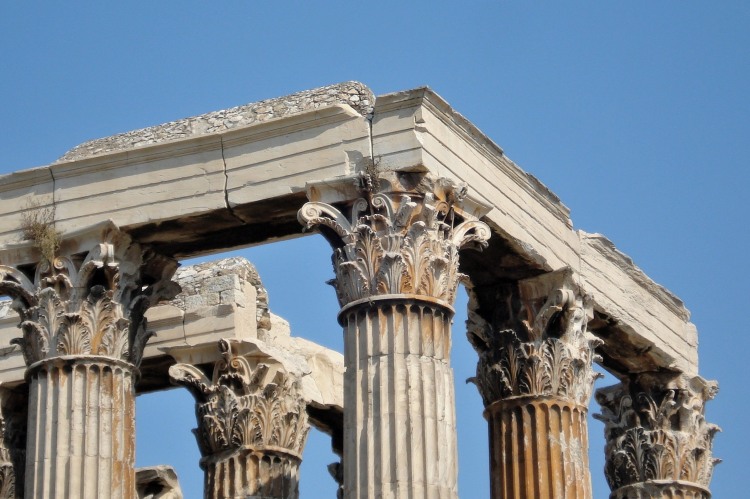
-Rome: Revival & Melting Pot, Public ritual of bathing, gathering place=colleseum, arches and columns as storytelling elements. Pantheon

